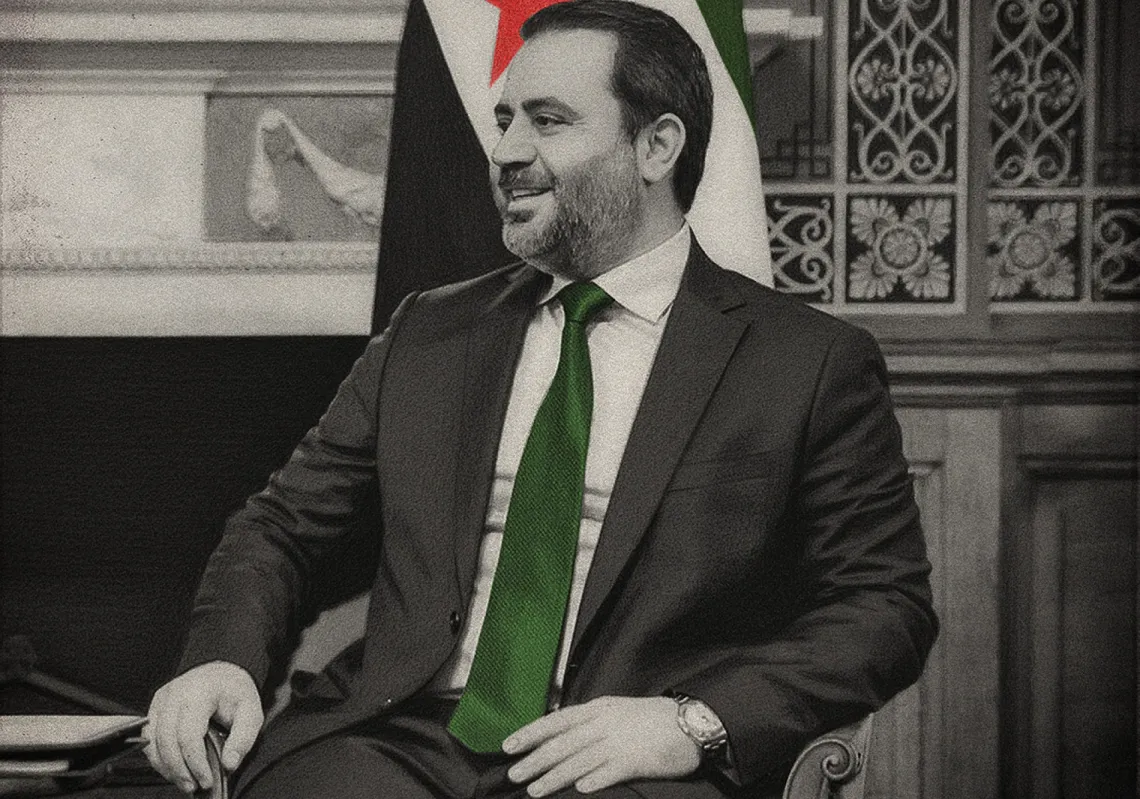The Palestinian Nakba is not something that ended in 1948. It is an ongoing process of ethnic cleansing that goes beyond the killings and displacement associated with the catastrophe that occurred 75 years ago.
The Nakba should be viewed as the deliberate policy of ethnic cleansing rooted in colonial superiority, dominance and oppression of the Palestinian people in their everyday lives.
In 1989, Palestinian prisoners held in the Negev prison echoed the lyrics composed by fellow inmate Salah Abed Rabbo, chanting: "Oh Negev! Be the will... Be the symbol of glory and resistance... Be the sword... Be a lesson from the Intifada... They intended for you to be our grave... Yet we transformed the grave into a garden of blossoms... We embraced the sun at dawn... No, no to the recurring patterns of annihilation."
Salah's lyrics, "No, no to the recurring patterns of annihilation," fervently proclaimed by his comrades within the confines of the concentration camp, signify that annihilation extends far beyond the year marked by the massacre and displacement of thousands.
Systematic oppression
It is important to expose the ongoing and systematic policies being carried out against the Palestinian people — policies that extend beyond the realm of death and have been etched into Palestinian consciousness by massacres and forced displacements.

This is manifested in ongoing acts of subjugation and humiliation of the Palestinian people who have been forced to live in wretched living conditions with limited freedom of movement. They are under constant surveillance and censorship, confined to their respective concentration camps.
This article aims to explain the Nakba as a qualitative rather than a quantitative phenomenon, characterised by brutal practices that aim to annihilate the Palestinian people and dominate their daily lives.
The Palestinian Nakba in 1948 marks the beginning point of Israel’s systematic policies. Since then, these practices have continued to shape the daily lives of Palestinians, controlling every minute aspect of their lives such as how they eat, sleep, work, travel and speak.














